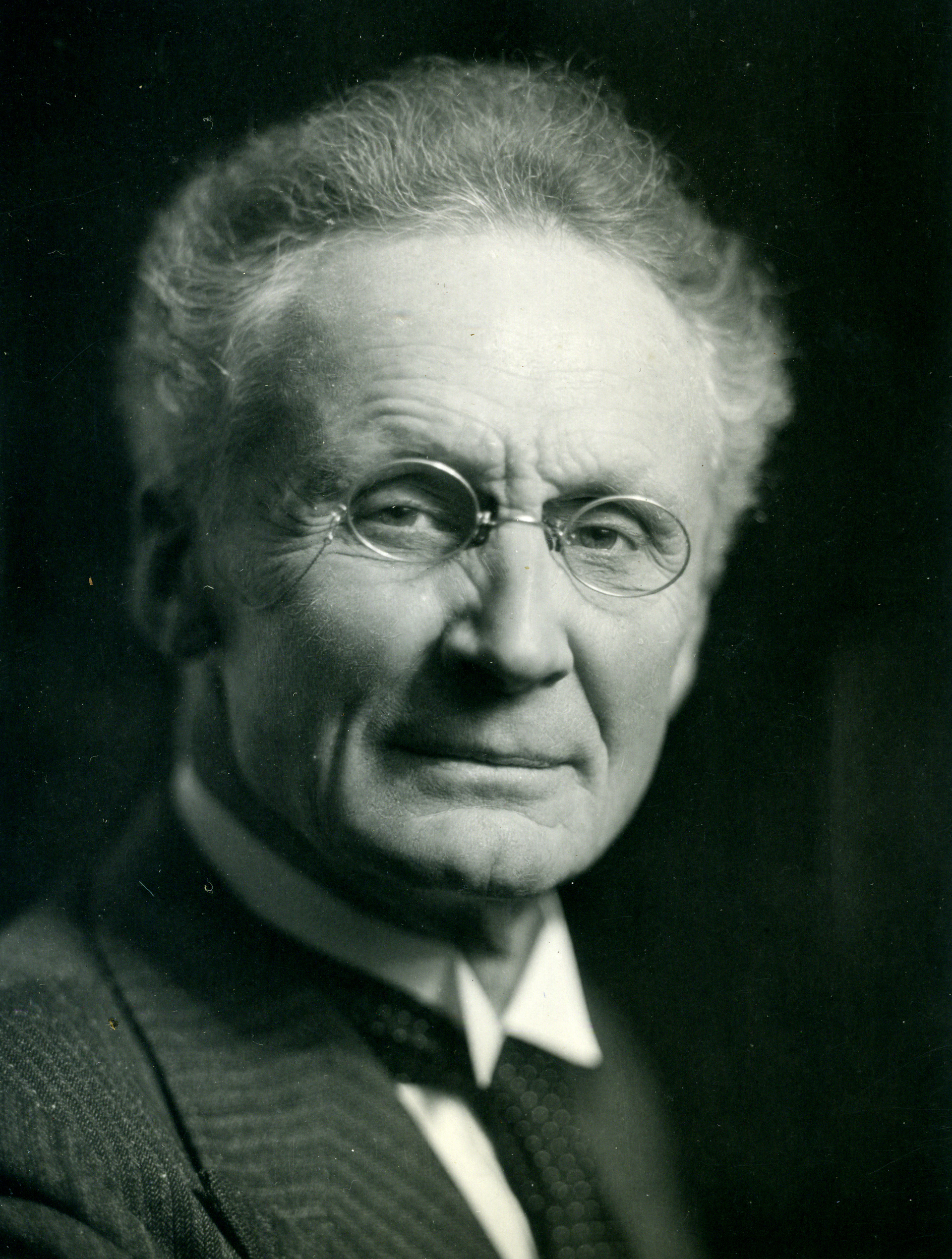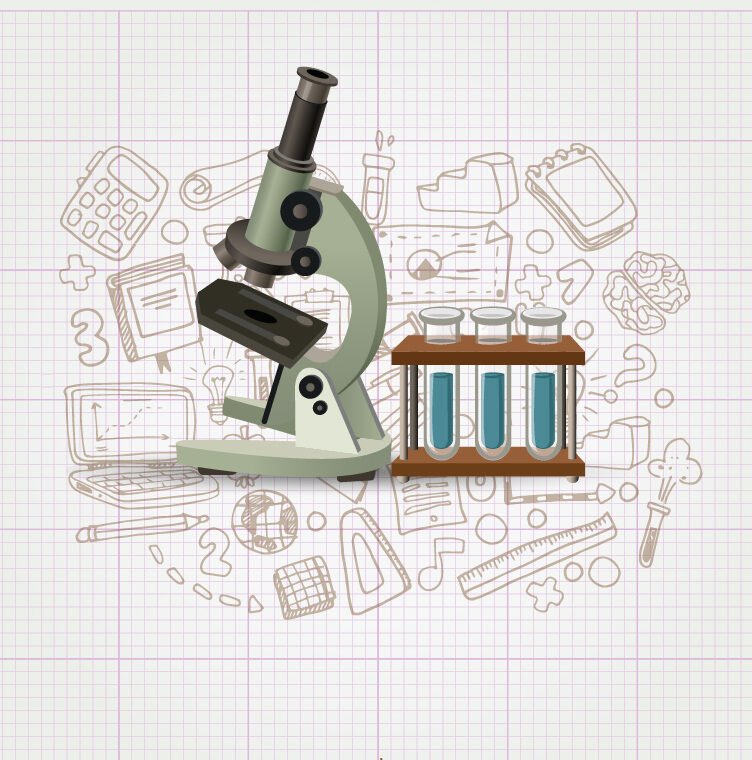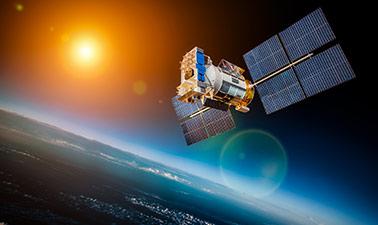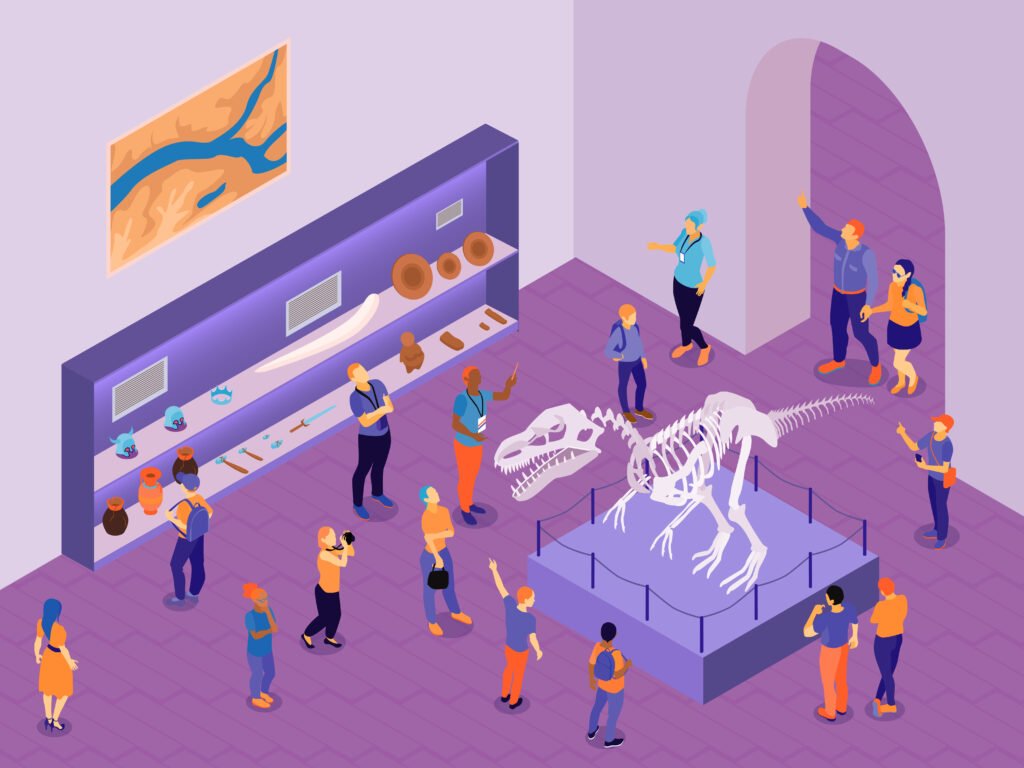The online wind simulations on this page will allow you to visualize in a practical way how winds act. We will discover what winds are, how they are generated, how they are classified, how they influence the weather and how the important Coriolis effect works.
What are winds
Winds are movements of air in the earth’s atmosphere that are generated due to differences in atmospheric pressure. These movements can be gentle and cooling, or they can become powerful storms capable of causing great damage. The instruments used to measure wind are called anemometers.
How winds are generated
In addition to the difference in pressures, winds are the result of the interaction between several factors, such as the Earth’s rotation, solar radiation and topography. The main origin of wind is the uneven distribution of solar energy: warm air rises and creates low-pressure zones, while cooler, denser air moves into these areas, generating air movement. The earth’s rotation introduces the Coriolis effect, which deflects winds to the right in the northern hemisphere and to the left in the southern hemisphere, forming patterns such as the trade winds or polar winds. Topography also modifies the direction and strength of winds, since mountains and bodies of water can channel or block the flow of air.
In summary, wind generation is a complex process involving solar energy, terrestrial rotation and terrain characteristics, giving rise to a wide variety of wind types and behaviors in the atmosphere.
Classification of winds
Winds can be classified according to their origin, range and speed, key aspects to understand their influence on climate and daily life.
By their geographic scale
Global winds
These are winds that affect large regions. Some examples:
Trade winds: They blow towards the equator from the tropics, facilitating tropical weather and ancient trade routes.
Westerly winds: Blow from west to east between 30° and 60° latitude, influencing temperate zones.
Polar winds: Transport cold air from the polar zones to lower latitudes.
Local winds
They are generated by differences in temperature and pressure in specific areas. Some examples:
Sea breeze: Changes direction between day and night due to thermal contrasts between land and sea.
Föhn wind and cierzo: Typical winds of mountains or specific regions, dry or cold.
Sirocco: Warm and dry wind from the Sahara towards Europe.
By their speed
Depending on their speed, winds can range from gentle and pleasant to destructive phenomena with devastating effects.
Breezes: Gentle and fresh winds.
Gales: Intense and persistent winds.
Hurricanes, cyclones and typhoons: Very powerful wind and rain systems, common in tropical regions.
Tornadoes: Violent whirlwinds of short duration and great destructive power.
The variety of winds and their characteristics shape the climate, landscapes and human activities all over the planet.
Influence of winds on climate
Winds play a crucial role in climate. They help distribute heat more evenly around the planet, which contributes to the regulation of temperatures. They also help move moisture in the form of clouds and participate in the water cycle.
Thanks to their action, warm air from equatorial regions can move to colder areas, while cold air from the poles reaches lower latitudes, balancing temperatures and avoiding thermal extremes. In addition, winds transport moisture in the form of clouds, directly influencing the formation of precipitation and, therefore, rainfall and drought patterns in different regions. They are also responsible for meteorological phenomena such as storms, cold or warm fronts and heat or cold waves. On the other hand, winds can carry particles, such as dust or pollen, affecting air quality and the health of ecosystems. This constant movement of air masses maintains atmospheric dynamics and is fundamental to life and human activities on the planet.
In summary, these online wind simulations will show you in an interactive way some of the most important characteristics of this important atmospheric phenomenon. Go for it!
Explore the exciting STEM world with our free, online simulations and accompanying companion courses! With them you'll be able to experience and learn hands-on. Take this opportunity to immerse yourself in virtual experiences while advancing your education - awaken your scientific curiosity and discover all that the STEM world has to offer!
Wind simulations
- Coriolis
- Breeze
- Pressure
Coriolis Effect
The French scientist Gaspard-Gustave Coriolis was the first to explain that fluids moving on the Earth’s surface do not move in a straight line, but undergo a curvature due to the Earth’s rotation. Check with the simulation how this curvature is depending on the hemisphere in which we are.
Sea breeze
In a coastal area the wind changes direction between day and night due to temperature differences between the sea and the coast. Move the burner left or right to heat one area or the other and see what happens with the wind.
Atmospheric pressure and winds
In the last of the online wind simulations we are going to see how winds are produced by pressure differences in different areas of the atmosphere. An anticyclone has more pressure in the center than at the periphery and the winds go from the center outward. In a squall, the pressure in the center is lower than in the periphery and the winds go from the outside to the center. Due to the rotation of the Earth and the effects of the Coriolis force, the winds rotate in both cases. Do they rotate equally in the northern and southern hemispheres?
Giants of science
“If I have seen further, it is by standing on the shoulders of giants”
Isaac Newton

Evangelista Torricelli
–

Vilhelm Friman Koren Bjerknes
–
Become a giant


Modeling Climate Change



Introduction to Water and Climate



Global Warming Science



Climate Change: The Science and Global Impact



Our Global Ocean – An Introduction Course



Introduction to Deep Earth Science



The History of Ancient Environments, Climate, and Life



Sensing Planet Earth – Water and Ice


























